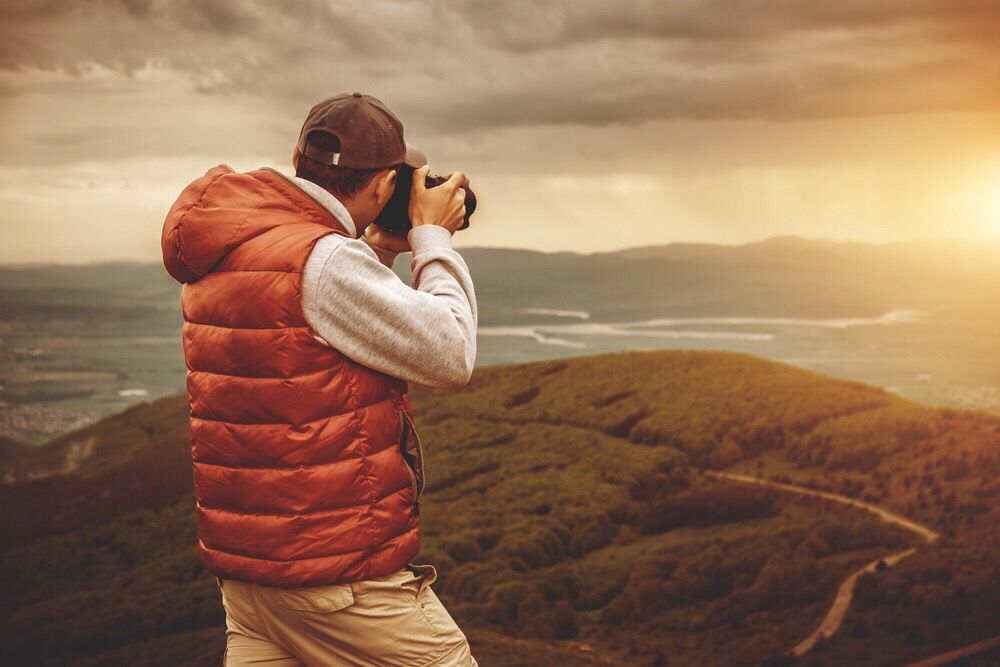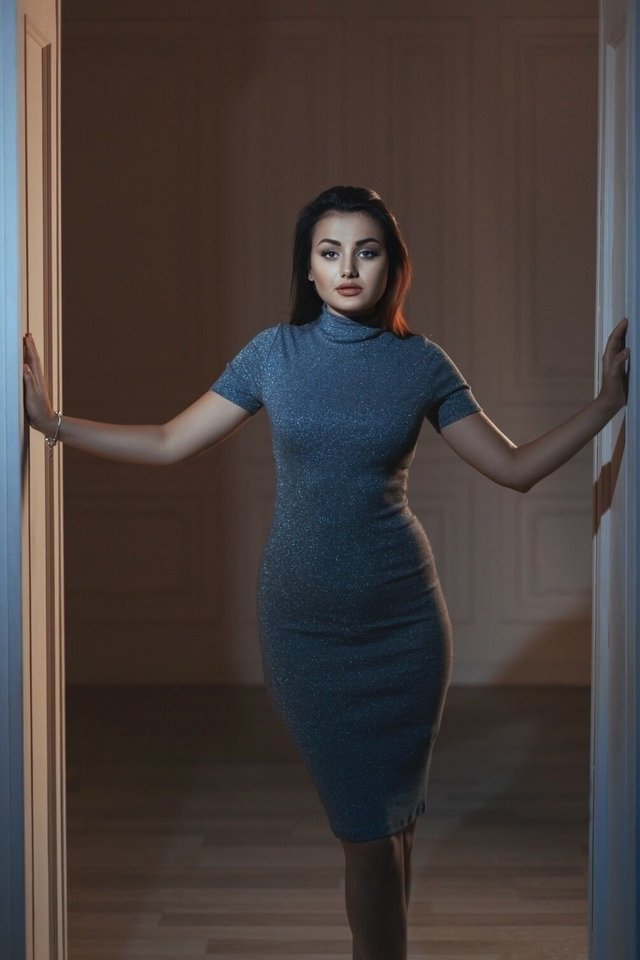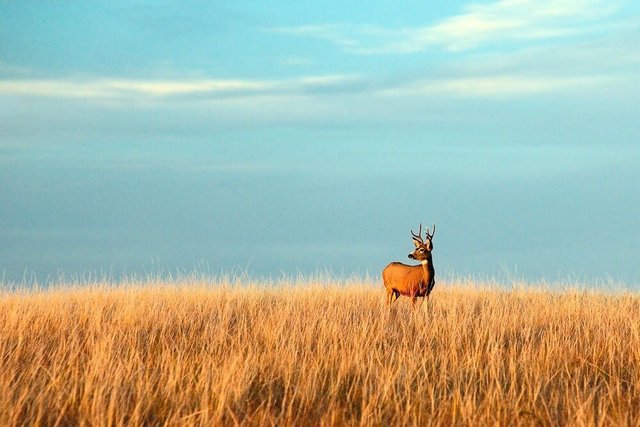Photo composition is simply how and where the subject is positioned in an image.
Some photos just seem more captivating than others. It’s more than likely that the composition is a major reason for this.

Photography ‘composition principles’ are the same for any type of camera and any photographer. You can decide to follow all of them or just some. Or none! It’s up to you and your preferences!
From my camera experience, though, there’s little doubt you will produce captivating photos if you combine some of these suggestions below.
See the light:
Are there shadows? Do I need the flash? Is the sky a mix of light and dark? Is the tone in the atmosphere right or too harsh?
Take a closer look before you shoot
Ask yourself: Is there anything distracting that is taking the focus away from my main subject?
It’s easy to miss them if you don’t take time to have a closer look.
Think vertical!
Don’t always keep your camera in a horizontal position. Some subjects are just crying out to be shot vertically. Try vertical. By holding the camera in the vertical position, it is easier to fill the frame with the subject.
Try different viewpoints
Rather than just shooting from the standard eye level, consider shooting from high above, down at ground level, from the side, from the back, from a long way away, from very close, and so on.
For example, go to the statue you want to shoot. Hang back and watch the other photographers. Almost all of them will take a slap-bang full frontal image. When it’s your turn, try shooting it from the side or get down on your knees and shoot it pointing upwards. Your photos will be much more captivating.
Another way to change the viewpoint of a scene or subject is to use your camera's zoom feature. If you take a picture from a wide-angle view, and then zoom out to a telephoto view, you will have two totally different perspectives of the same scene or subject. Now you’re thinking!
Use a leading line
This could be a farmer’s fence leading to the hill or mountain in the background. Or it could be a winding stream or river leading to the same hill or mountain, or a small hamlet. Or it could be a long line of padlocked bicycles leading to a monument at the end of the avenue. Or it could be the curves and lights on a shoreline, leading to a lighthouse in the distance.
This has the effect of leading the viewers’ eyes through the image to a certain point, or to infinity.
Frame it!
Use doorways, trees, cave openings, and windows to make a frame or partial frame around your subject. This helps to draw the viewers’ eyes to your subject.

Where’s it going?
If there is subject movement or something in your photo that leads the viewers’ eyes in a particular direction, make sure to leave room in the frame for that motion to continue.
For example, if you are taking an image of a runner from the side, running from the right of your image, catch her close to the right-hand side. This will leave plenty space to include where she’s running to, e.g. the finishing line.
The same effect would apply to a boat about to enter a marina; the boat in the edge of the image and plenty space to show where it’s heading: the marina.
The photo then tells its story.
Break the symmetry for a change
We are surrounded by symmetry and patterns, both natural and man-made. They can provide very eye-catching compositions.
However, it’s also very captivating to break the symmetry, introducing a bit ‘tension’ and a focal point to the scene.
For example, some would say that the ornate, symmetrical image below, stunning though it is, is crying out for some unplanned tension or focal point.
For example, the door cleaner’s wash bucket or brush left there temporarily or a dog idling past on its own.
Some may see this as a bit irreverent, but some may see it as a wonderful moment in time.

Crop intrusions
We use ‘crop’ here to mean the removal of unnecessary distractions. A photo is less captivating when the main subject is surrounded by clutter: other buildings, other people etc. The subject gets lost in this. Crop tight around your subject to ensure the subject gets the viewers’ full attention.
Create a sense of depth
Photography is a two-dimensional medium. Our aim in a captivating shot is to convey the sense of depth that was present in the actual scene.
Create a sense of depth by including subjects in the foreground, middle ground and background.
You can also produce a sense of depth by partially obscuring one subject with another: intentionally. The viewers’ eyes naturally recognise these layers and mentally separate them out, creating a sense of depth.
Rule of Thirds
The Rule of Thirds is a common technique for composing photos. To grasp the Rule of Thirds, picture a grid of two horizontal and two vertical lines that divide the scene in your viewfinder into nine sections.
Many cameras have viewfinders that allow you to view these grid lines.
The Rule of Thirds suggests that a skyline or horizon line placed close to one of the horizontal lines will be more interesting than if it was placed slap-bang in the middle of the scene.
The same applies to subjects that are placed on or near one of the vertical lines rather than in the exact centre of the picture.
The four points where the horizontal and vertical lines intersect are called points of interest. Framing the main subject on or around these points of interest will often help when you are trying to create a captivating composition.
Here’s an example, where this deer has been framed intentionally at one of the four points of interest, instead of being framed slap-bang in the middle of the photo.

Although the Rule of Thirds works well in many situations, it may not work for every scene or subject. For instance, it might not work so well with some close-up portraits.
Break the Rule of Thirds whenever you feel like it.
If you feel that placing your subject in the centre, or somewhere else in the frame would make a better picture, then do it. It’s up to you!
Summary
- Experiment with your compositions.
- Composition is not a science. You decide what to do. Follow your preferences!